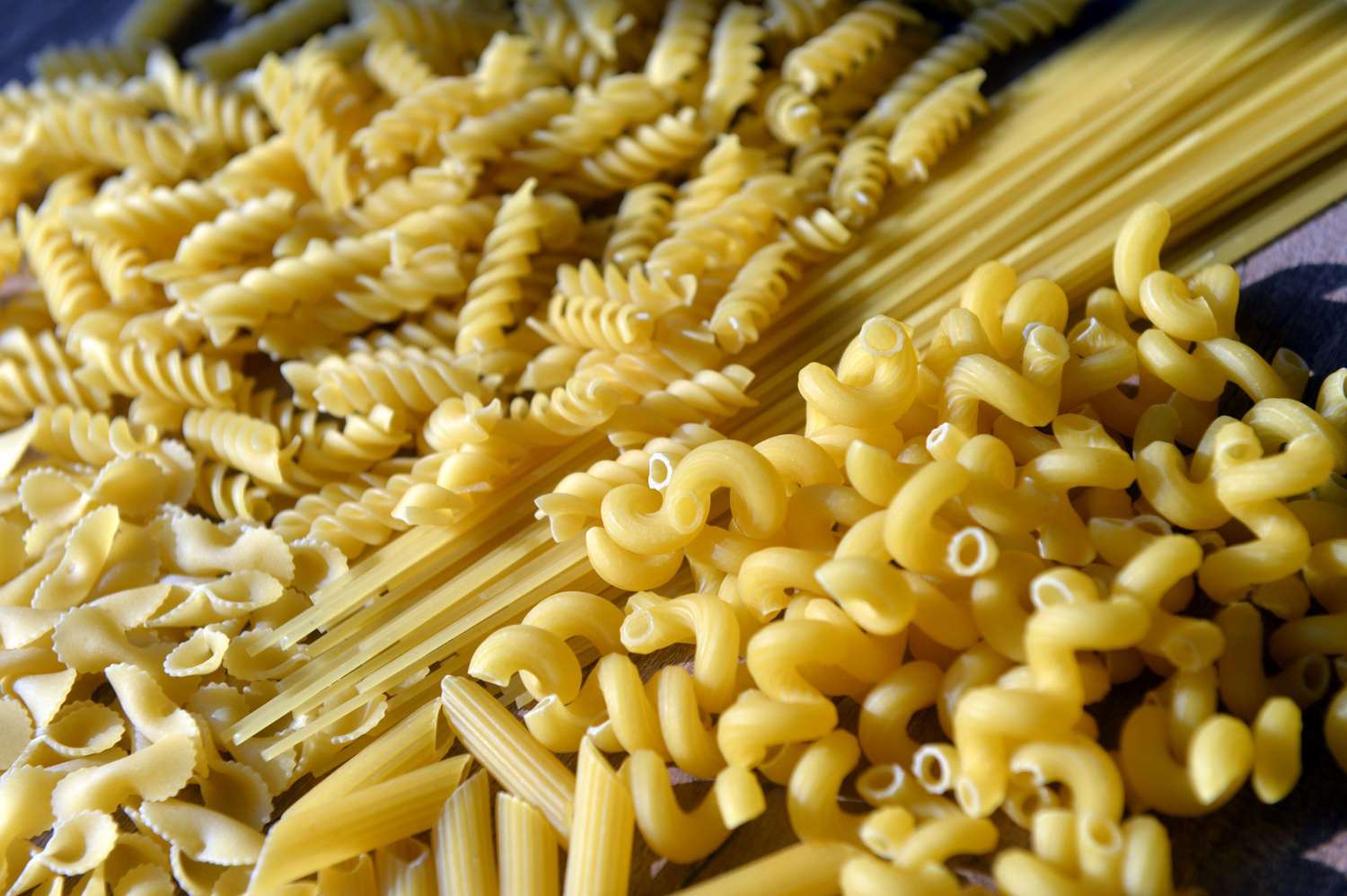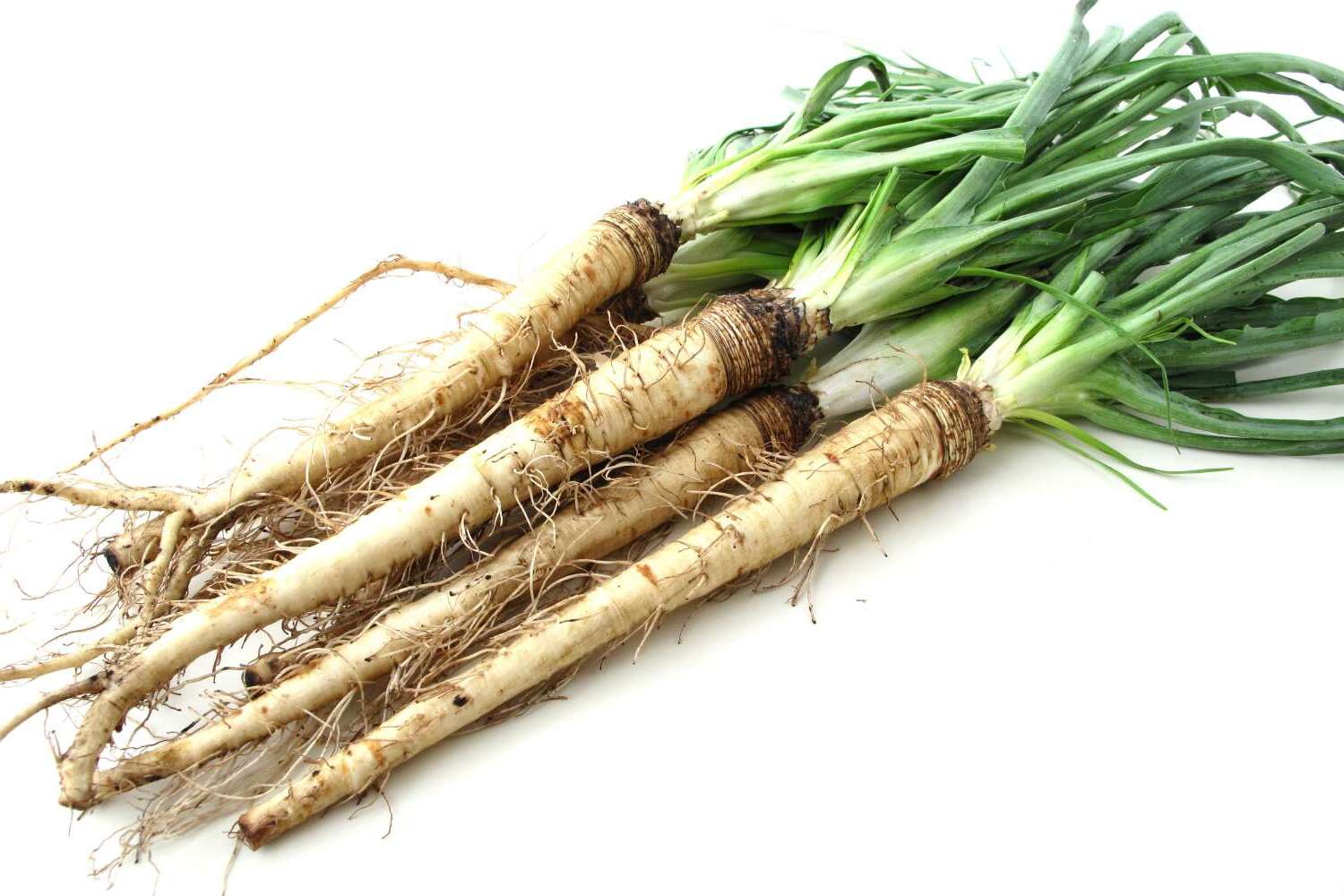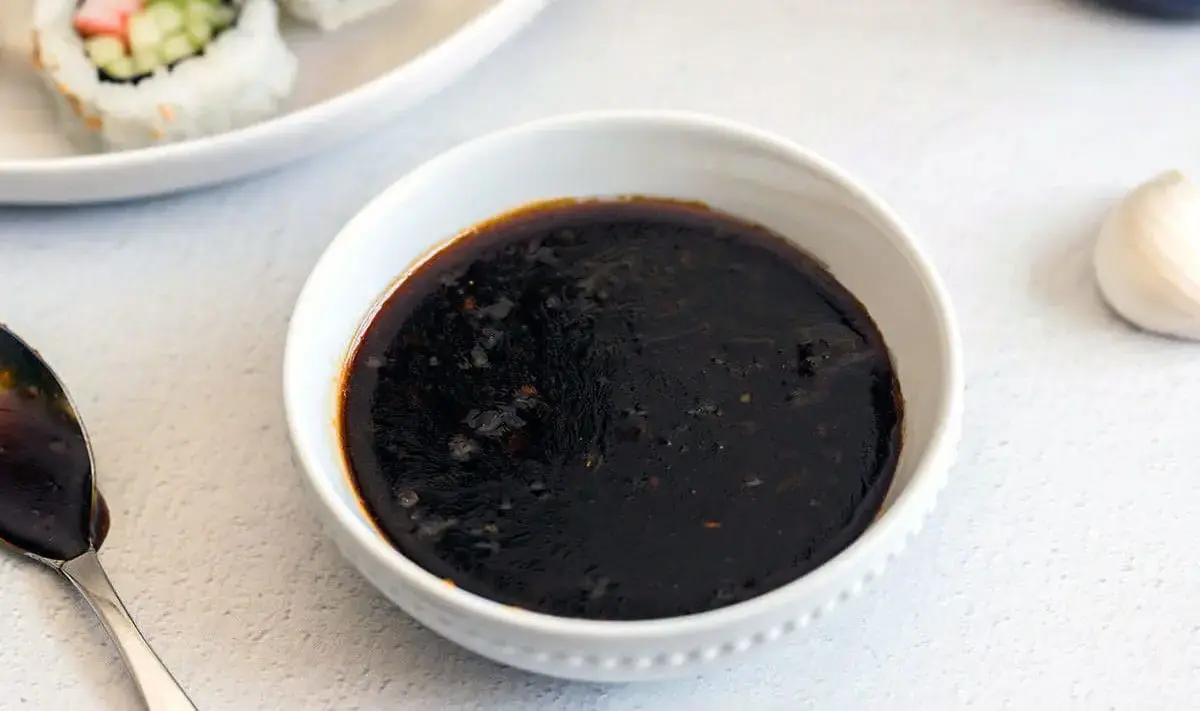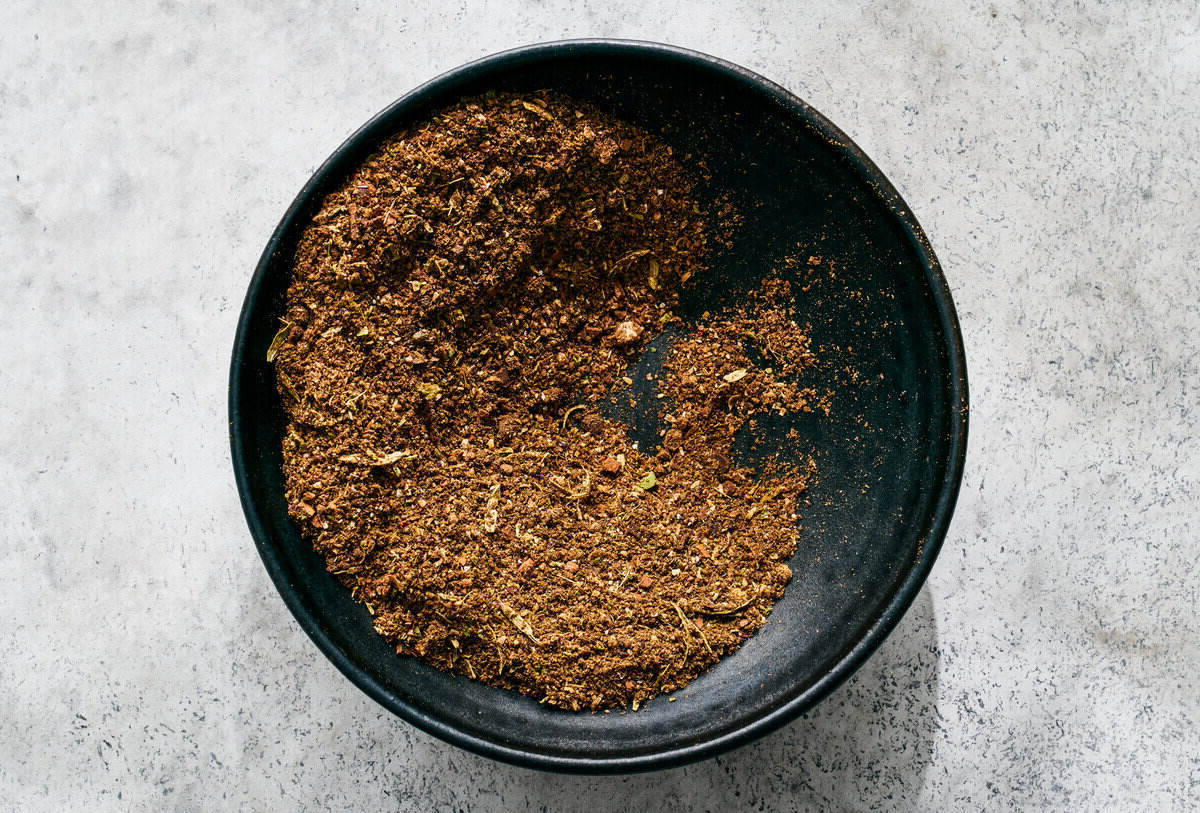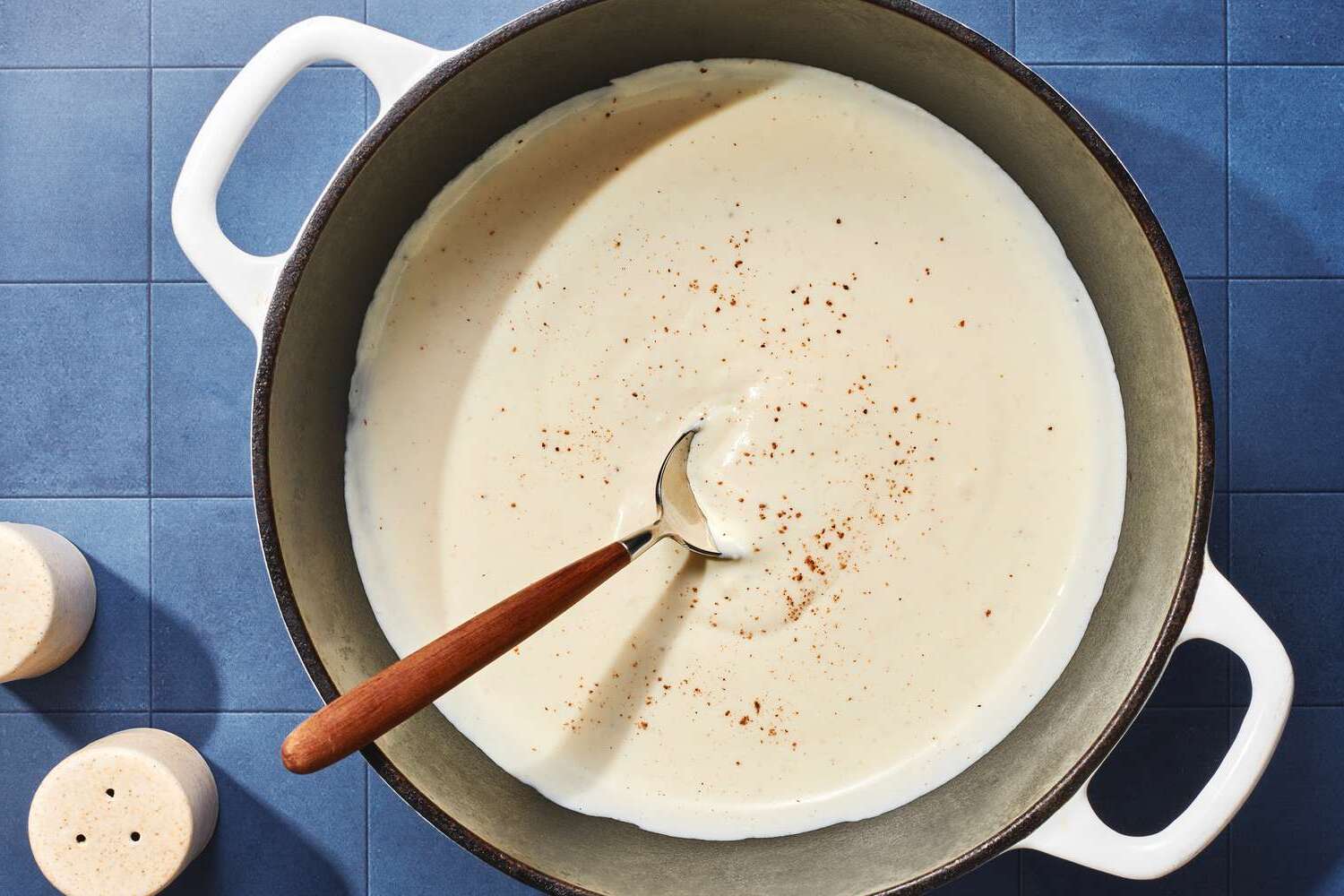Discovering the Delightful Purple Soup
Have you ever heard of the intriguing and colorful dish known as purple soup? This unique culinary creation is a traditional Chinese delicacy that has been enjoyed for centuries. While the name might pique your curiosity, there’s much more to this vibrant soup than meets the eye. Let’s delve into the world of purple soup and uncover its origins, ingredients, and cultural significance.
Origins and Cultural Significance
Purple soup, also known as “zi tang” in Chinese, holds a special place in the hearts and palates of the Chinese people. Its roots can be traced back to ancient Chinese traditions, where it was often prepared for special occasions and festive gatherings. The rich purple hue of the soup symbolizes prosperity and good fortune, making it a popular choice for celebratory meals and important events.
Traditionally, purple soup is consumed during the Chinese New Year as a symbol of abundance and prosperity for the coming year. It is also a staple dish during other significant cultural celebrations and family reunions. The act of sharing and enjoying purple soup with loved ones holds deep cultural significance, emphasizing the importance of togetherness and unity.
Ingredients and Preparation
So, what exactly goes into making this visually stunning soup? The primary ingredient responsible for the distinctive purple color is the purple sweet potato. This vibrant tuber not only lends its striking hue to the soup but also contributes a delightful sweetness and earthy flavor.
To prepare purple soup, the purple sweet potatoes are peeled, diced, and simmered in a flavorful broth until they are tender. Additional ingredients such as ginger, garlic, and various spices are often added to enhance the depth of flavor. The soup is then pureed to achieve a smooth and velvety texture, ready to be served and enjoyed.
Health Benefits
Besides its visual appeal and cultural significance, purple soup also offers a range of health benefits. Purple sweet potatoes are packed with essential nutrients, including vitamins, minerals, and antioxidants. These nutrients contribute to overall well-being and may offer protective effects against certain diseases.
Additionally, the vibrant purple hue of the sweet potatoes indicates the presence of anthocyanins, powerful antioxidants known for their anti-inflammatory and heart-healthy properties. Consuming purple soup not only delights the taste buds but also supports a healthy lifestyle.
Enjoying Purple Soup
Whether you’re exploring the culinary landscape of China or seeking to add a touch of vibrancy to your own dining experience, purple soup is a delightful and meaningful choice. Its captivating color, rich cultural heritage, and nourishing qualities make it a truly unique and cherished dish.
So, the next time you come across the mention of purple soup, remember that it’s more than just a colorful concoction – it’s a symbol of tradition, togetherness, and the joy of savoring a dish that has stood the test of time.
Now that you’ve uncovered the wonders of purple soup, why not consider incorporating this vibrant and meaningful dish into your culinary repertoire? Whether you’re celebrating a special occasion or simply craving a taste of tradition, purple soup is sure to leave a lasting impression.
Was this page helpful?
Read Next: What Is A Substitute For Celery?

